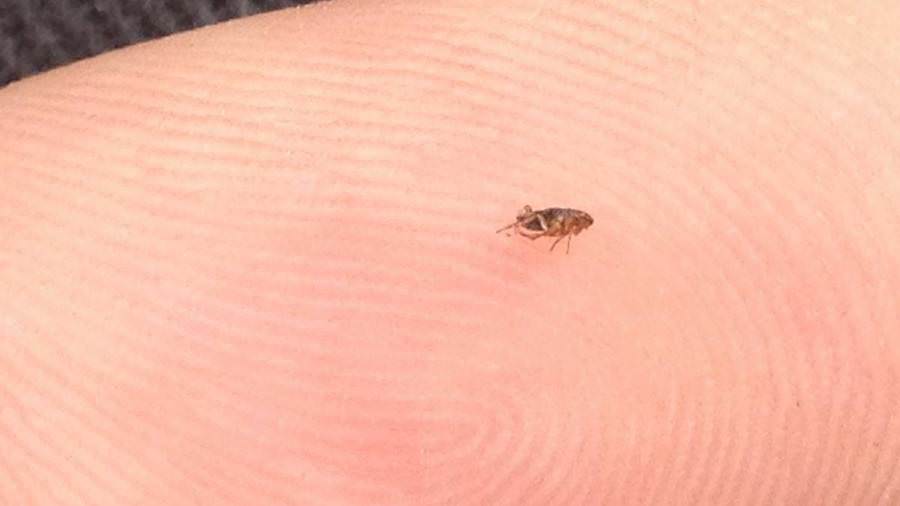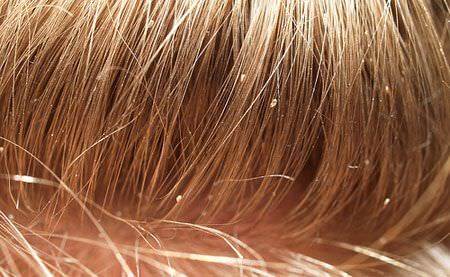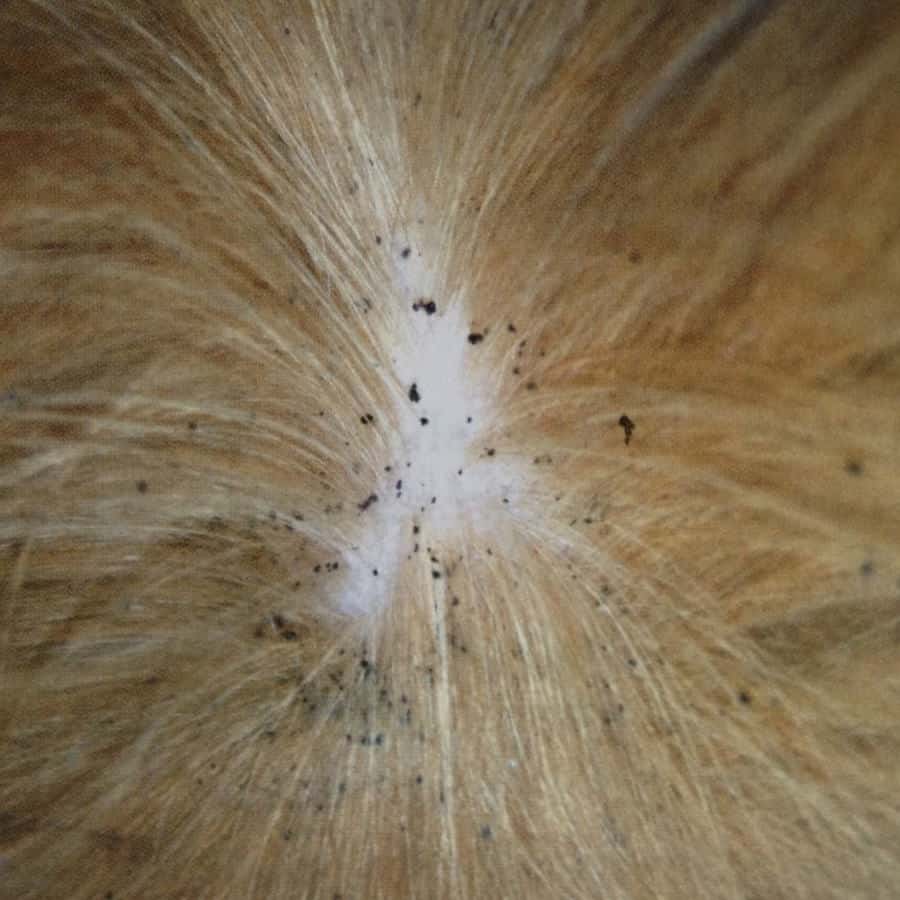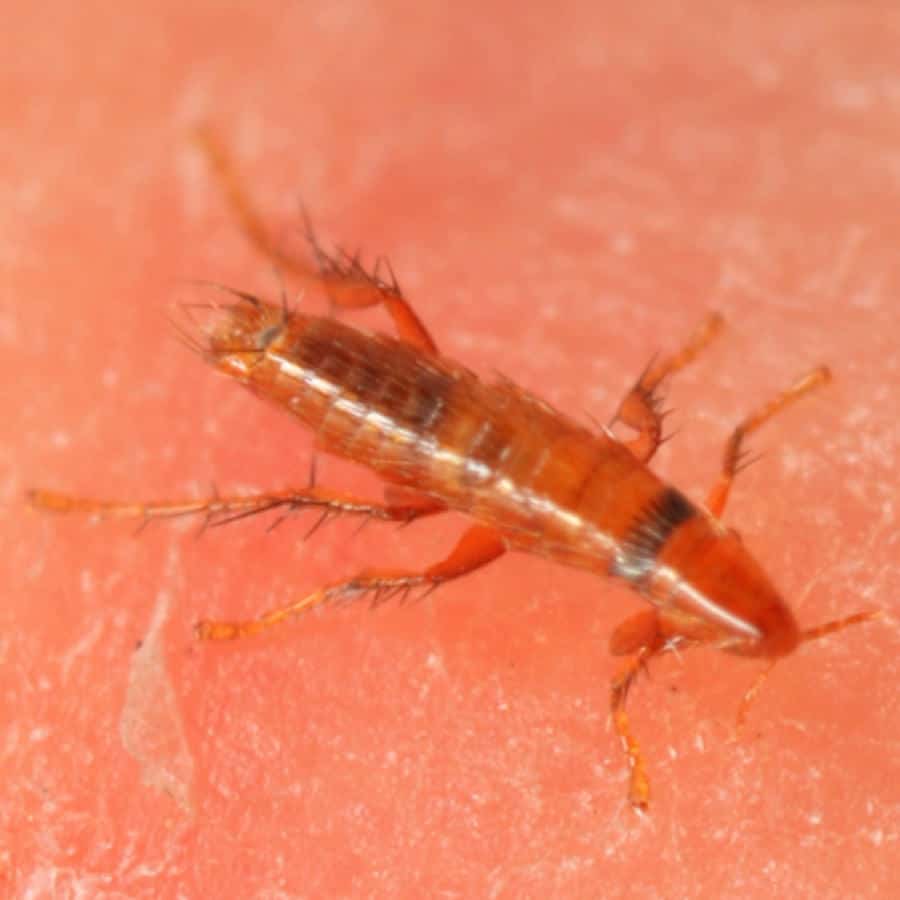Where Do Fleas Come From?
Fleas are unpleasant, blood-sucking parasites which can be a nightmare for you, your family and any pets which reside in your home. Once these pests have settled in, they can be notoriously difficult to eradicate. Fleas are able to multiply incredibly fast in the correct conditions, leading to a full-blown infestation in a little as a few weeks.
But where do fleas come from in the first instance? The answer to this question is crucial to preventing infestations from occurring in your home in the future.
In this article, we discuss where fleas come from and how they can find their way into your home.
Where Do Fleas Originate?
While fleas are known for being able to leap large distances in relation to their size, they actually travel in a mostly passive manner, transported from one place to another on board another creature.
Fleas always originate outdoors. They are capable of surviving for fairly long periods in shaded and moist places, particularly those which have a humidity level of over 45% during the day. Flea larvae dig themselves down into the ground underneath leaves, grass and the first inch of soil to hide out during this stage of their development. They can often be found in the yard within flower beds and under porches.
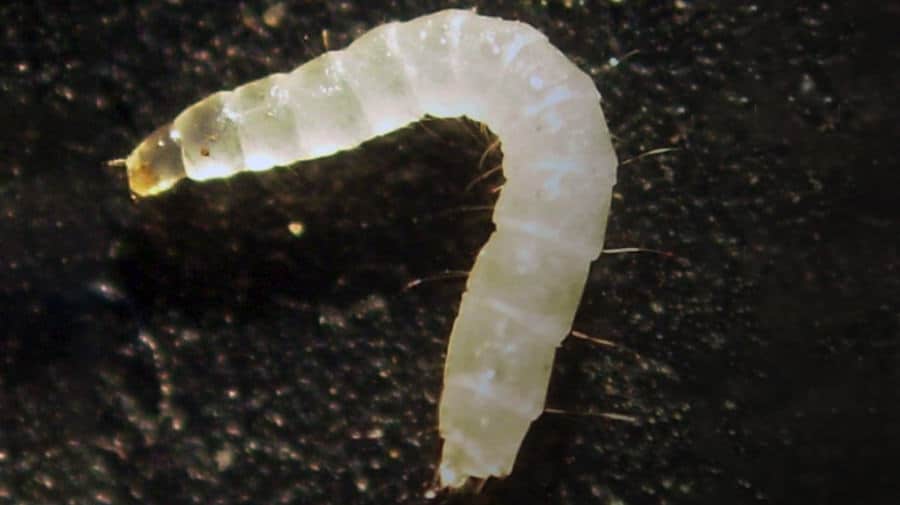
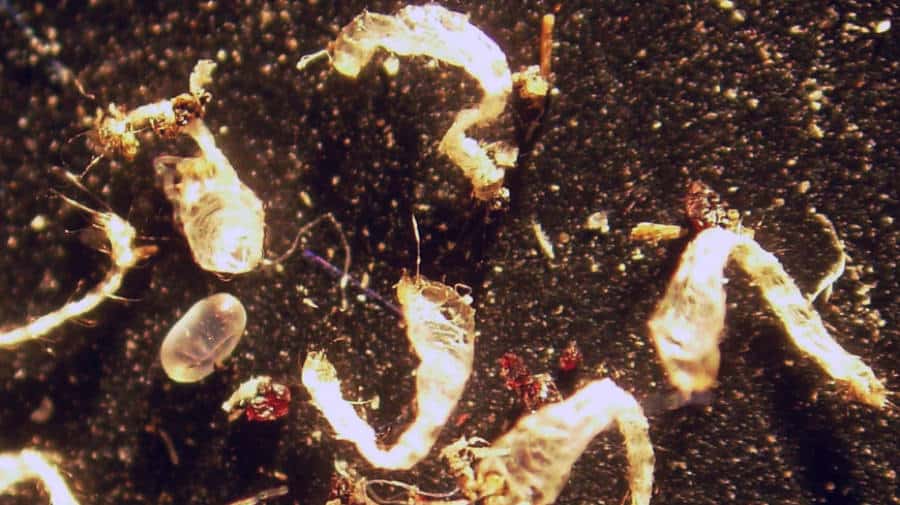
Once fleas have reached adulthood, they emerge and hide out in waiting for an unsuspecting host to wander past. They then leap upon the host and remain there until they die or are dislodged (they cannot fly). In urban areas, the majority of feral and wild animals will carry fleas. The most common hosts are raccoons, foxes, cats, skunks, and opossums.
These animals will forage during the night, often investigating trash cans and yards for food. As they go about their travels, they will drop flea eggs from their coats wherever they roam. In many cases, these creatures will search for food and potential nests in sheltered areas, maybe even taking a rest while they are there.
Common places are under bushes, in crawl spaces and underneath yard decking. As a result, these areas are hotspots for flea eggs and the resulting larvae which have been deposited by these visitors.
In most cases, household pets do not directly “catch” fleas from other animals (or humans). Direct transfer between hosts does occur but it is much less frequent than the acquisition of fleas from the environment itself. Fleas much prefer to stay put on their hosts once they have arrived.

The only time they will willingly and rapidly leave is when their host is dead or dying. Therefore, recently dead animal carcasses are an exception to the rule regarding host transfer. If you have a pet which investigates a carcass which isn’t long dead, there is a high chance that fleas will leap from the dead animal onto your pet.
How Do Fleas Get into the Home?
If you have noticed fleas in your home, there are numerous possibilities as to the source of the infestation. We know that fleas are skilled at hitching rides from one place to another, so the root of your infestation could lie with a pet, wild animal or even furniture.
Unfortunately, just one lone flea has the potential to cause a really big problem in only a couple of weeks – so it is crucial to establish where the fleas are coming from as soon as you can.
If you have pets, they are almost certainly the source of the fleas in your home. Your poor dog or cat has likely picked up fleas from the yard, or by interaction with other animals. Once inside, the flea cycle will continue, with the fleas breeding upon your pet and eggs being deposited within the home. It is very important to treat your pet, as well as your home to eliminate fleas in this case.
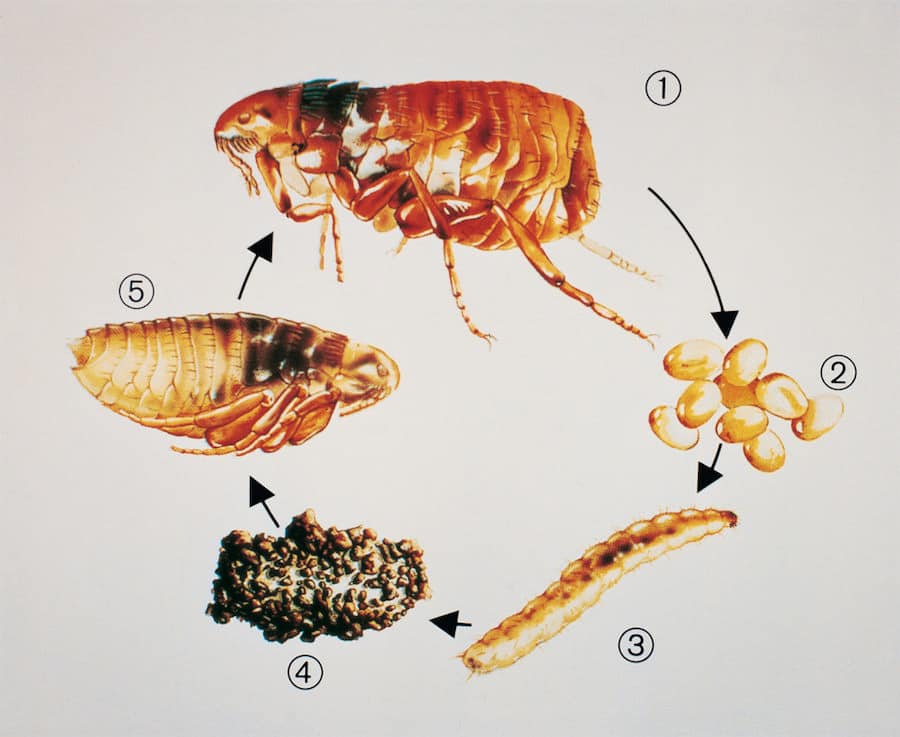
Just because your pet has fleas, it doesn’t necessarily mean they picked them up from your yard. If you take your dog out for walks and ride in the car, there is a high chance that your dog could have picked up fleas from the park, or even that fleas were present where you parked the car.
However, if you don’t have pets or know anyone who has visited your home with their pet, the source of fleas becomes a little more difficult to narrow down.
One common way in which fleas can be transported into your home is with second-hand items, particularly furniture. Mattresses and sofas are big offenders, these items can be riddled with almost imperceptible flea eggs or larvae when you bring them home; leading to an unpleasant surprise, weeks or even months later.
If you haven’t recently acquired any pre-loved furniture, the root of your fleas could be coming from other pests. Check for any signs of rats or mice in and around your home. If you find any droppings or chewed furniture and cables, it is possible that you have a separate pest issue to attend to first, before starting to battle the fleas.
In the absence of other pests, the source of fleas could be wild or feral animals which are coming close to your property. Fleas can leap very far, so should a flea get dislodged outside your home, there is the chance it could simply leap in through an open window or be carried in upon your clothing.
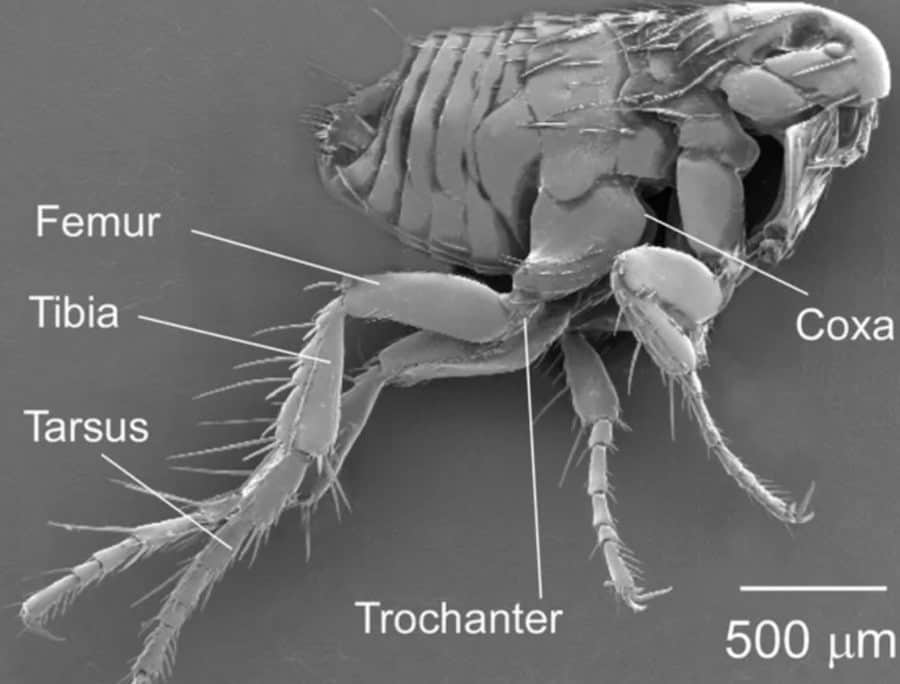
Also, some feral animals will access and nest in your home if they have the chance. Roof and attic spaces are favorite locations for feral animals to nest, often bringing fleas in with them.
Lastly, in some cases, the fleas have preceded your arrival and were present in the home when you moved in. Sometimes, fleas can stay dormant and cocooned for months before hatching and searching for someone or something to feed upon.
Fleas which are in their pupae will sometimes stay hidden and quiet until they feel the movement of a potential host nearby. Of course, this leads to a nasty surprise for any new homeowner.
Where Do Fleas Hide?
Fleas adore dark, moist and warm environments and thrive in high humidity. Flea eggs and larvae much prefer humidity levels of above 50% and will develop and reproduce rapidly in these conditions.
Flea eggs are most often lurking within carpet fibers, although they can also fall down into the cracks in wooden or stone flooring, where they will stay until they are ready to hatch into larvae. One way to check if you have fleas is to put on a pair of white socks and “stomp” about on your carpets and rugs. If you can see any black specks on your socks, this can be flea dirt, which is a sure sign of fleas in the home.
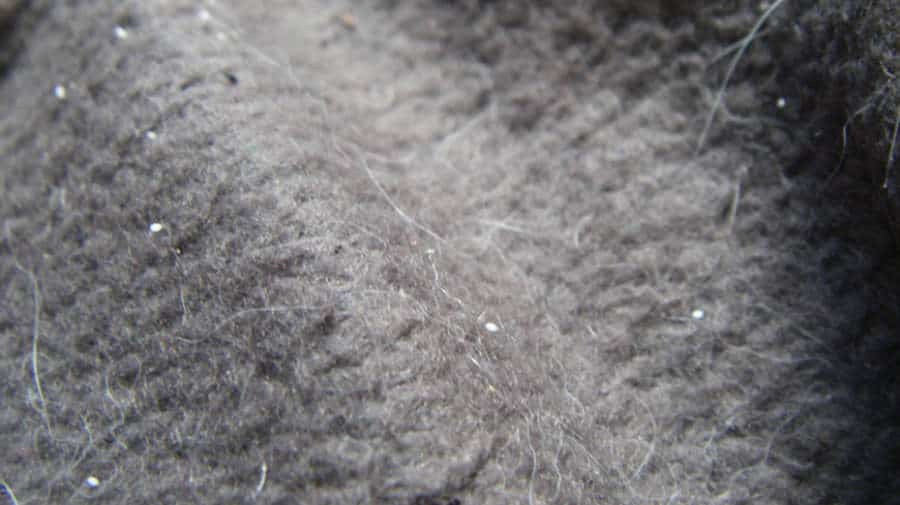
Flea larvae can be hidden among carpets or within soft furnishings. They can be seen by the naked eye, but keep themselves so well hidden that they are rarely spotted. Flea larvae do not like light and they naturally try to bury themselves into the ground. Because of this, the most common place which they will hide is deep within the fibers of carpets. They feed upon flea excrements, as well as other organic matter and scraps within the fibers.
If there are no carpets in the home, larvae will readily hide and develop in the cracks of wooden flooring and any crevices between the walls, baseboards, and floors. They will also hide amongst pet bedding, underneath furniture and in the dirt of dirt-floor basement.
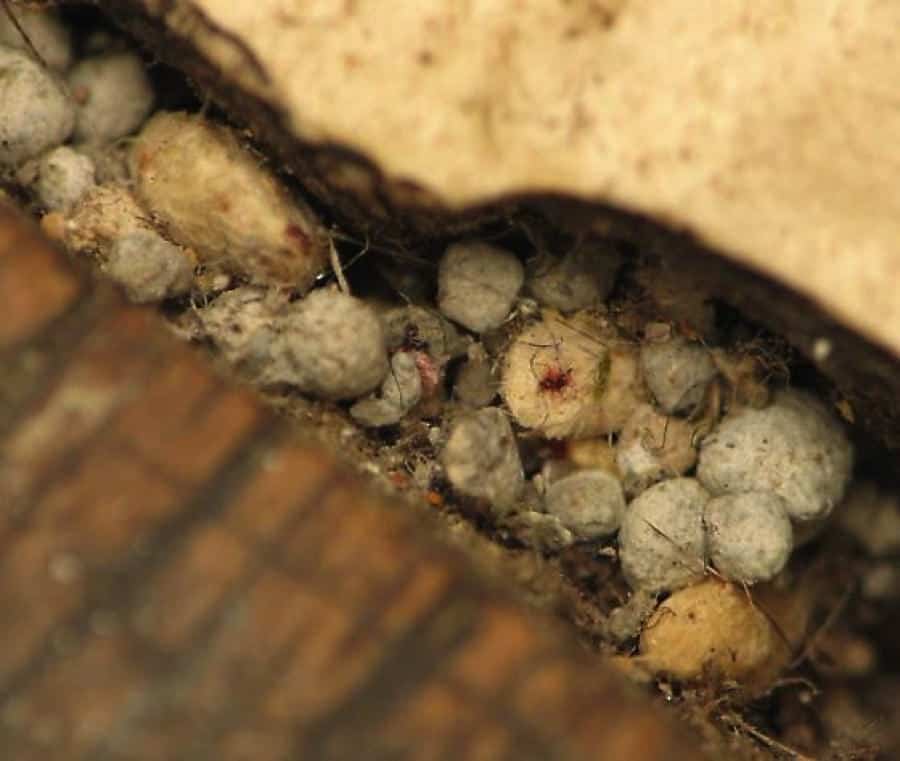
Once flea larvae progress into the pupal stage, they will burrow as deep into the carpet or crevices as possible. They will stay here for anywhere from a number of weeks to months depending upon the environmental conditions before emerging as an adult flea.
If you have pets in the home, adult fleas will stay upon their hosts for their entire adult life. They will only leave if they are dislodged by your pet when they vigorously groom themselves in response to the irritation they cause.
Fleas have their favorite hiding places upon your pet, too. The most common spots to find fleas are the back of the neck, in between the shoulder blades, the rump, belly and the base of the tail. It is fairly rare to find fleas hiding amongst the fur on the legs or feet.
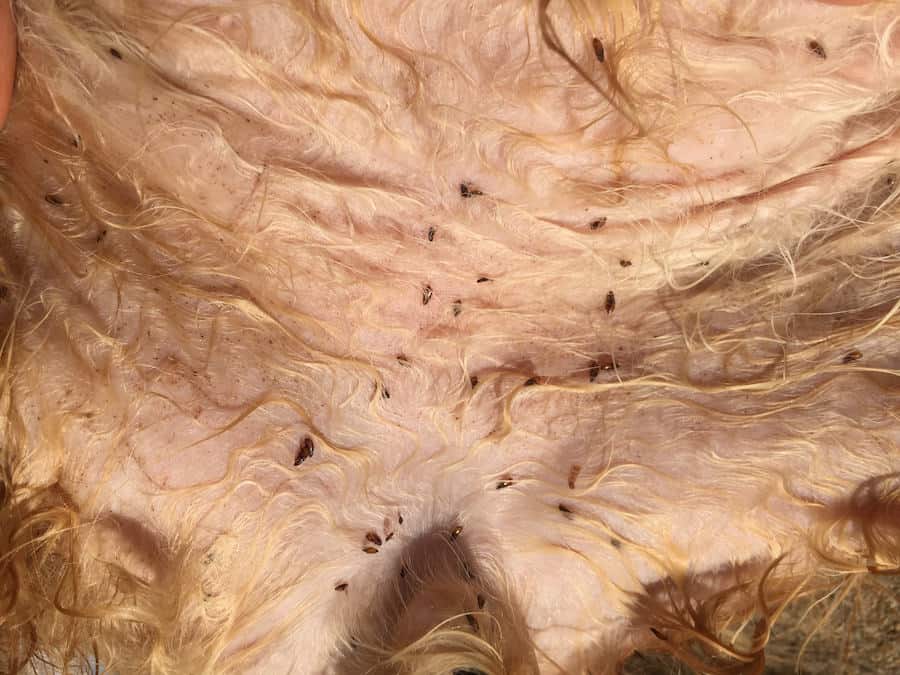
If you are looking for fleas hiding on your pet, you will have to be on your guard. Fleas will quickly scurry away from the light and leap away as soon as they are exposed. If you do not see any fleas themselves, keep an eye out for “flea dirt” which looks like ground pepper, in the above-favored areas.
Summary
It is clear that fleas can find their way into your home by many means, whether or not you own a pet. They could be lurking in the backyard, the car, on board a friend’s dog or, if you are very unlucky – fleas may even have been waiting for you when you first moved in!
While fleas are unsavory, irritating and resilient pests, they can be effectively tackled once you understand where fleas come from and where they are hiding once within your home. Therefore, knowledge is certainly the best weapon to defend against an infestation of these infuriating parasites.

